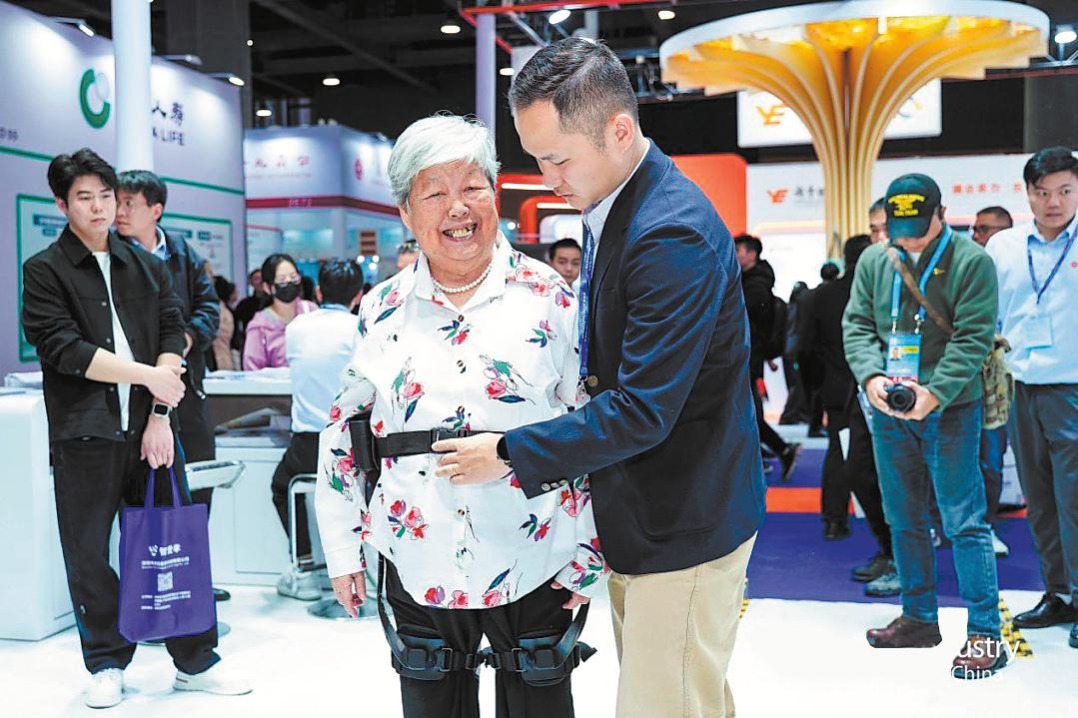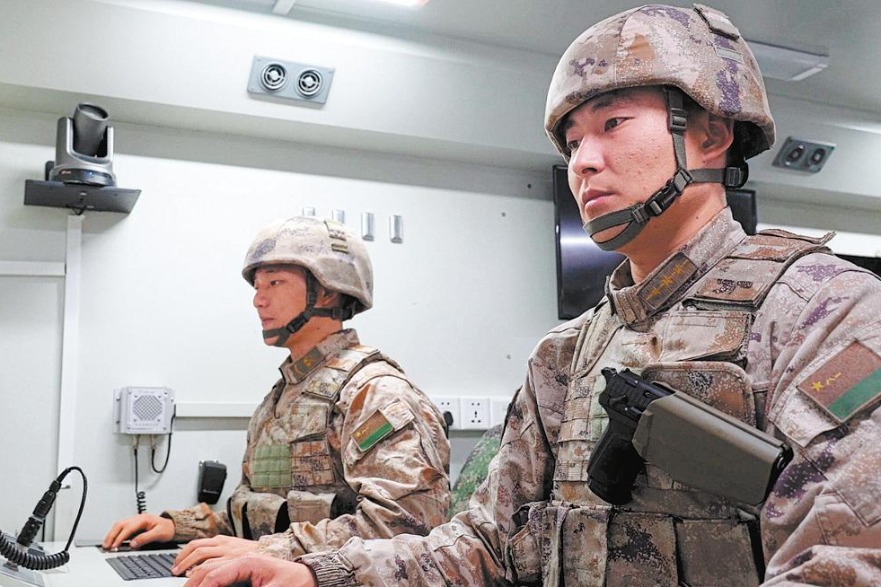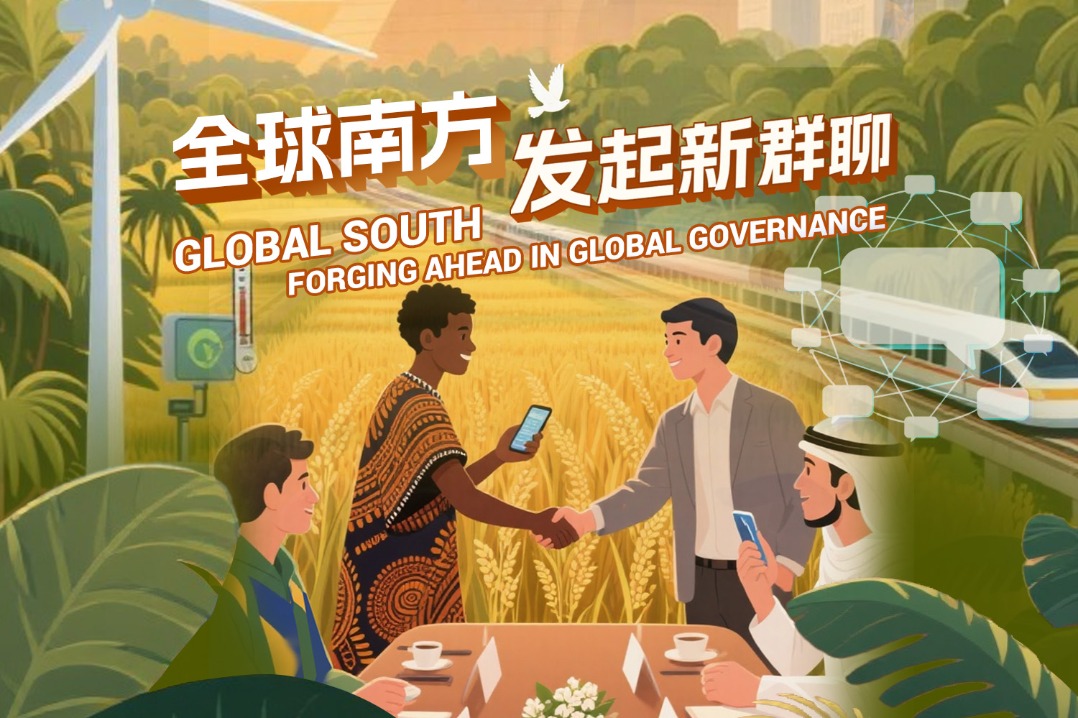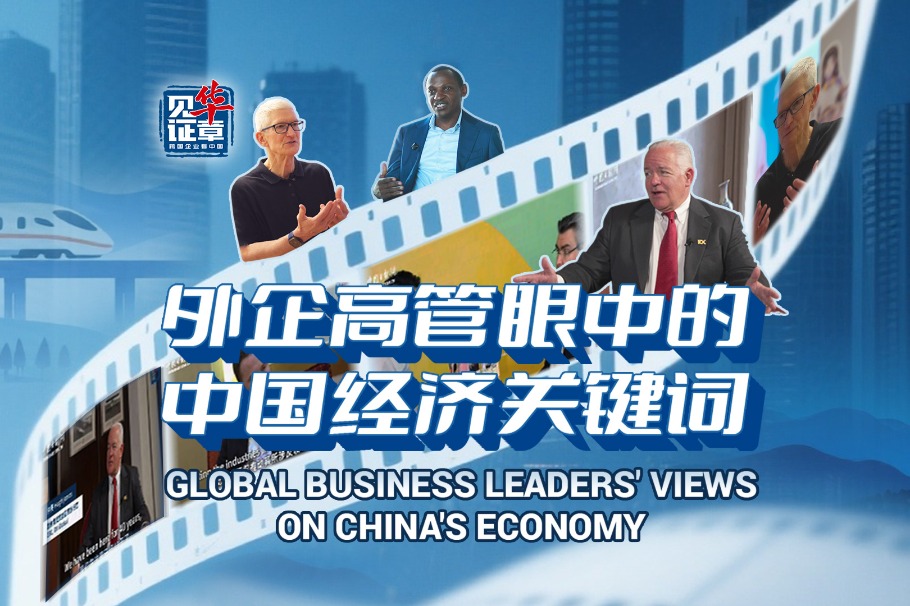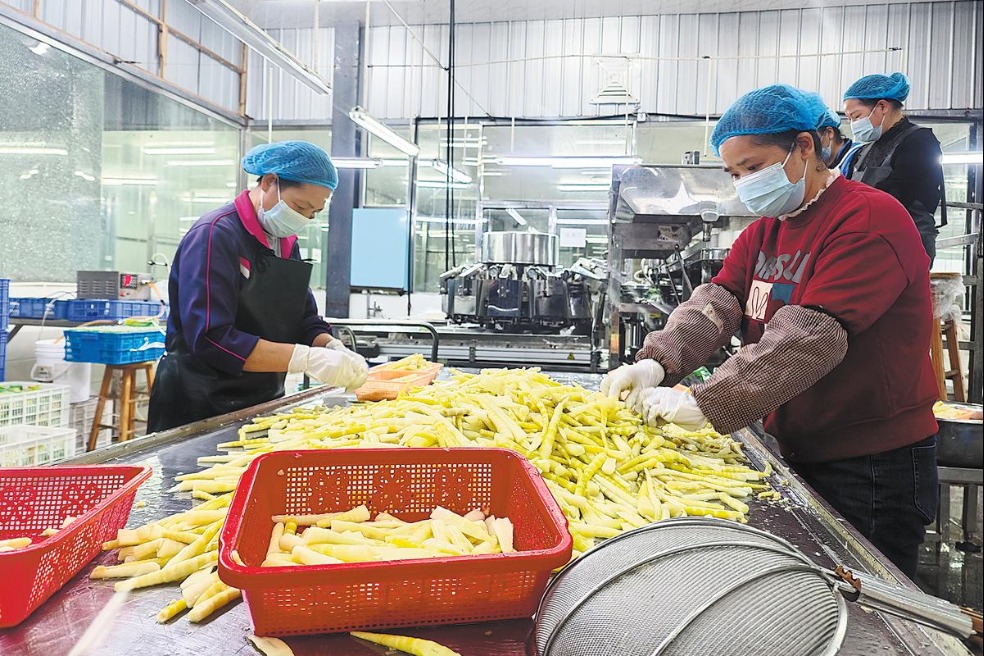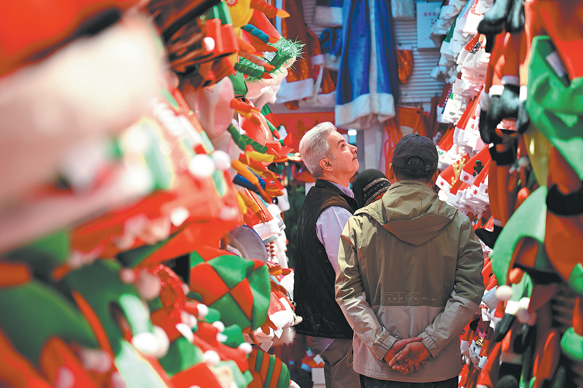A witness to decades of cultural exchanges with the US

WASHINGTON-John Charles Thomson had some intriguing details to share about his 35-year China-related career.
The retired diplomat from the United States, better known as Tang Zhanxi in China, remembered all those historic moments he witnessed during the development of US-China relations, including various fascinating details.
"I had a wonderful career dealing with China. It's been a wonderful experience watching China change," says 80-year-old Thomson.
Bond with China
Thomson developed an interest in Chinese language in the early 1960s when he was in Okinawa, Japan, with the US Marine Corps, during which he picked up some Kanji, as Chinese characters are called in Japan, when he was trying to learn Japanese.
Back in the US, he enrolled successively in Chinese programs at San Francisco State College, Ohio State University and the University of Minnesota and ended up with a bachelor's degree in Chinese language from San Francisco State University and a master's in East Asian studies from Harvard University.
Upon leaving Harvard, Thomson chose to join the US Information Service to bring his Chinese language ability into full play at the recommendation of his tutor John King Fairbank, a well-known US historian of China.
Thomson was later transferred to Beijing as a cultural affairs officer at the US liaison office in June 1978, about half a year before the establishment of US-China diplomatic ties.
"There weren't a lot of activities in Beijing," recalls Thomson, who arrived at the Capital Airport with his family on an old Russian-built plane late in the evening. "We were on the road into the city. It was completely dark. Every a hundred meters or so, there would be a streetlight … every so often there'd be an ox cart to go around."
He says he was amazed by modern-day China, with its high-rise buildings, well-dressed people, and cities buzzing with economic activities.
New page
Thomson recalls that in July 1978, Frank Press, science and technology adviser for then president Jimmy Carter, led a delegation of senior representatives from government agencies to Beijing, during which the two sides agreed to exchange students and scholars.
On Dec 26, 1978, 52 Chinese scientists boarded a plane and headed for Washington, thanks to the persistent and joint efforts of Thomson, his colleagues and Chinese education officials, who had been working around the clock to realize the high-profile exchange ahead of schedule.
"It was snowing at the airport. We shook hands with all of them as they left … In two years, they went back and made major contributions to China's development. It's really amazing," Thomson says.
Roughly a month later, on Feb 23,1979, the first group of eight American students arrived at the same airport. Thomson was there to welcome them, together with the Chinese hosts.
By the time Thomson left Beijing in 1981, there were more than 8,000 Chinese scholars and students studying in the US, hundreds of US scholars and students in China, and over 80 sister-school cooperation agreements already inked between the two sides.
Deeper understanding
Thomson was back in Beijing in 1984 when then US president Ronald Reagan visited China. He was tasked to supervise the Chinese translation of relevant treaties and agreements.
"We may live at nearly opposite ends of the world. We may be distinctly different in language, customs and political beliefs. But on many vital questions of our time, there is little difference between the American and Chinese people," Reagan said in his speech at the Great Hall of People.
Echoing Reagan's call for "mutual respect and mutual benefit "between the US and China, Thomson says he agreed and believed that most people felt that way.
"People in both countries share this common desire for peace and prosperity and security. And there's no question about that," Thomson says.
Bigger picture
"To me, US relations with China are like a cycle that goes up and goes down… We'll try to work on the differences, but I hope we can emphasize cooperation," Thomson says.
"There's a lot we can cooperate on, with climate change, environment, counterterrorism, you name it. I hope we'll focus on those."
The veteran diplomat's latest visit to China was in 2002, and he went on to live there until 2014, during which, he served as director for US-China education and cultural exchanges in several programs or at institutes.
"What I enjoyed the most about being in China was spending time with Chinese people, being able to use their language, to share common enjoyment for food, for history and literature, and making exchange programs work," he says. "That to me was the most satisfying thing."
Xinhua
Today's Top News
- Xi's diplomacy in 2025: Shedding light on a world at crossroads
- China to apply lower import tariff rates to unleash market potential
- China proves to be active and reliable mediator
- Three-party talks help to restore peace
- Huangyan coral reefs healthy, says report
- PLA conducts major drill near Taiwan
















